Every once in awhile we get to be part of something big. Build a garden that really makes a difference. This is one of those gardens. For those who’ve never heard about “horticultural therapy,” take a look at the latest garden we installed in October. It’s a therapeutic garden for recovery.
Horticultural therapy is all about engaging people in the act of gardening to improve well-being. We garden for health, well-being, and sanity, right? Horticultural therapy goes a little farther, to work through physical and psychological issues using metaphors that gardens provide: life’s uncertainties, unknown outcomes, the joys of success, the lows of failure. The garden at the Resilience Treatment Center helps guide its residents through this process.

After getting permission to remove the lawn, we designed a garden to give each resident a personal garden bed to plant, as well as a community space to work and plant together. The design would also include a seating area for journaling and reflection. The perimeter would be planted with blueberries, blackberries, raspberries and passion fruit to surround the garden with abundant harvests.
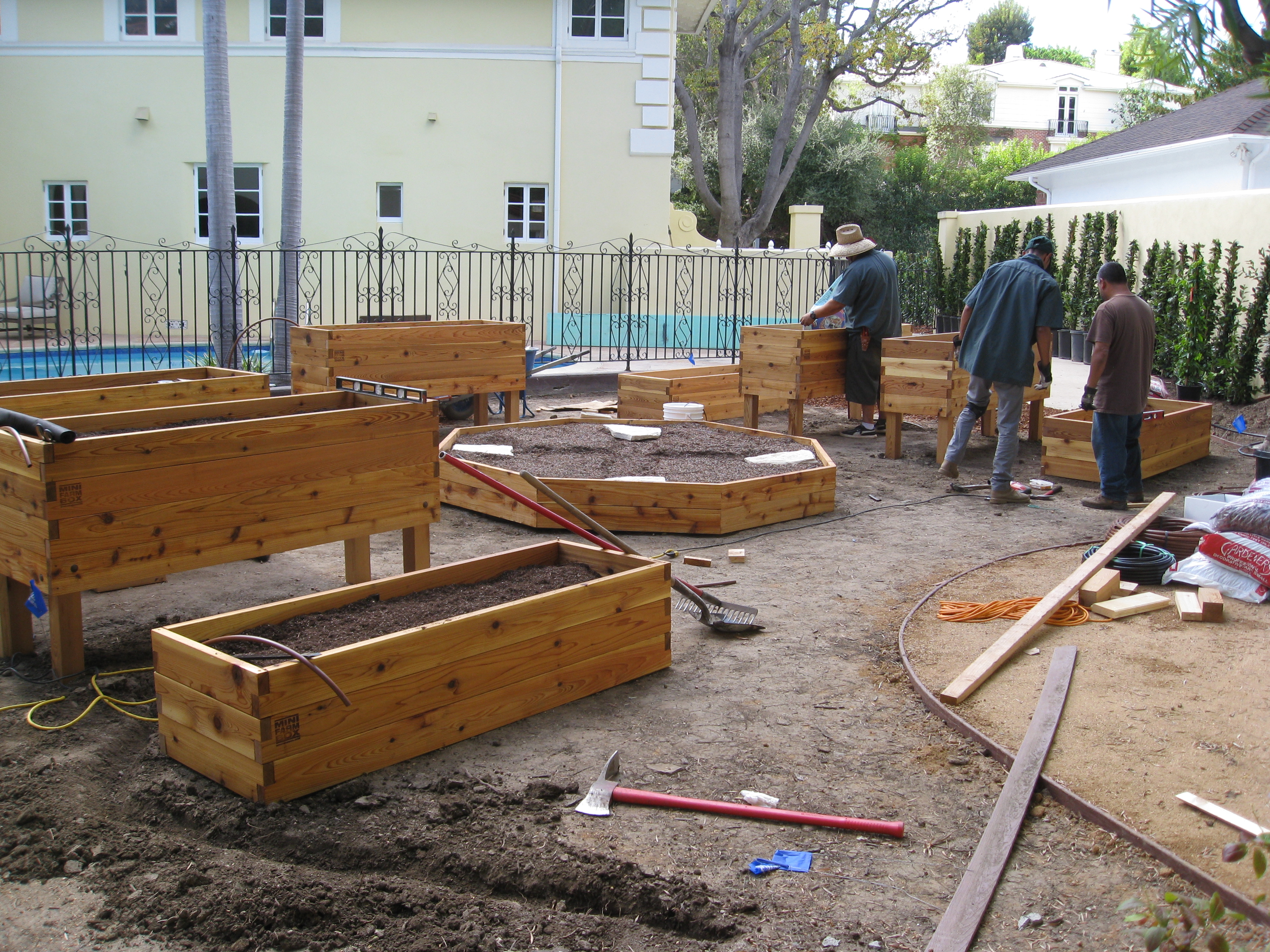
We used custom-sized Mini Farm Boxes to start with and added legs to half the beds to give residents a choice of elevation. We defined a seating area with decomposed granite and ran drip irrigation to all beds and planter areas.
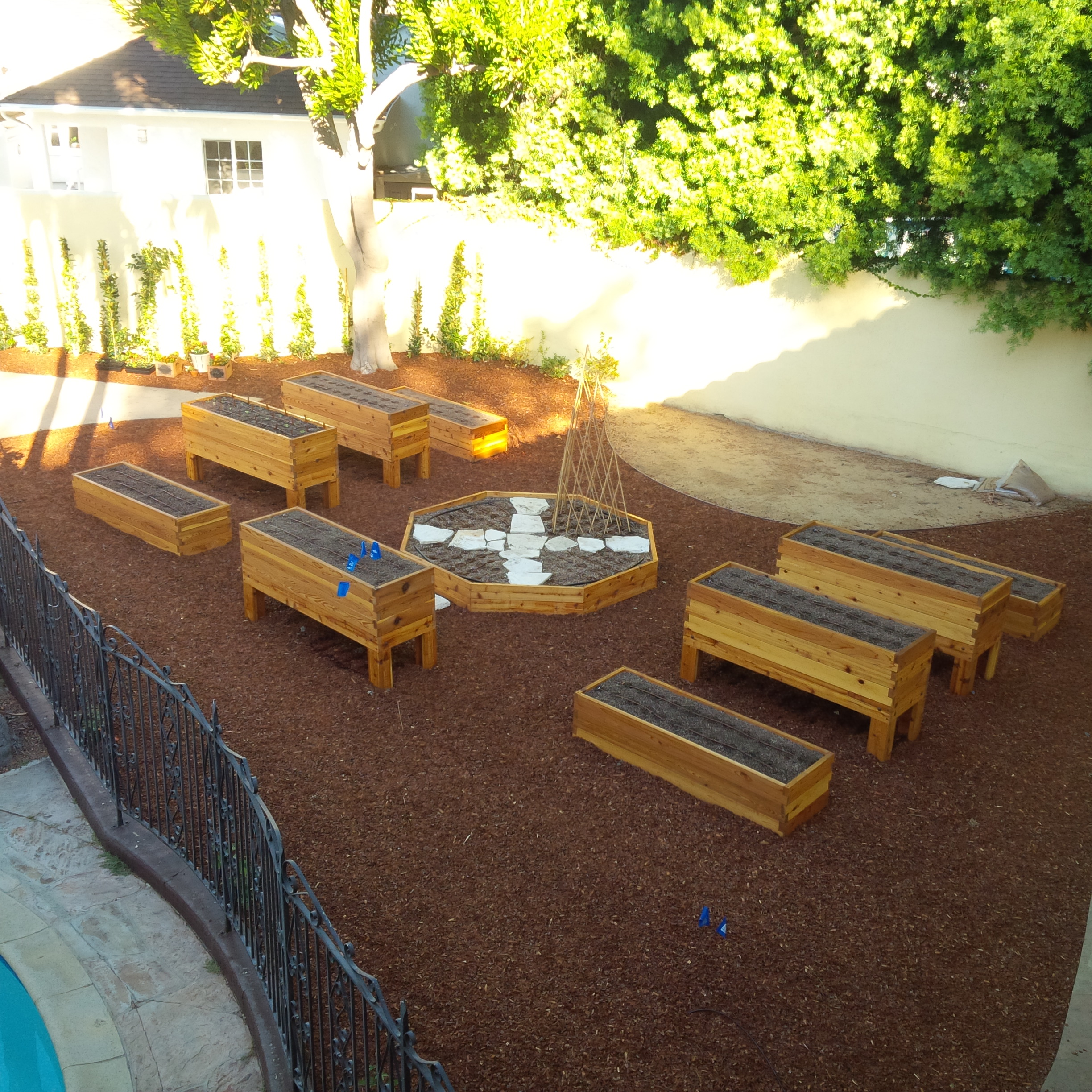
Along the fence are cane berries and passion fruit, which will over time, cover the wrought iron fence with lush foliage and delicious fruit. Fungal-dominant mulch covers the once-thirsty landscape to help feed microbes in the soil. Still to come in the photo above, fountains to drown out conversation for neighbors, and urns with beneficial flowers.
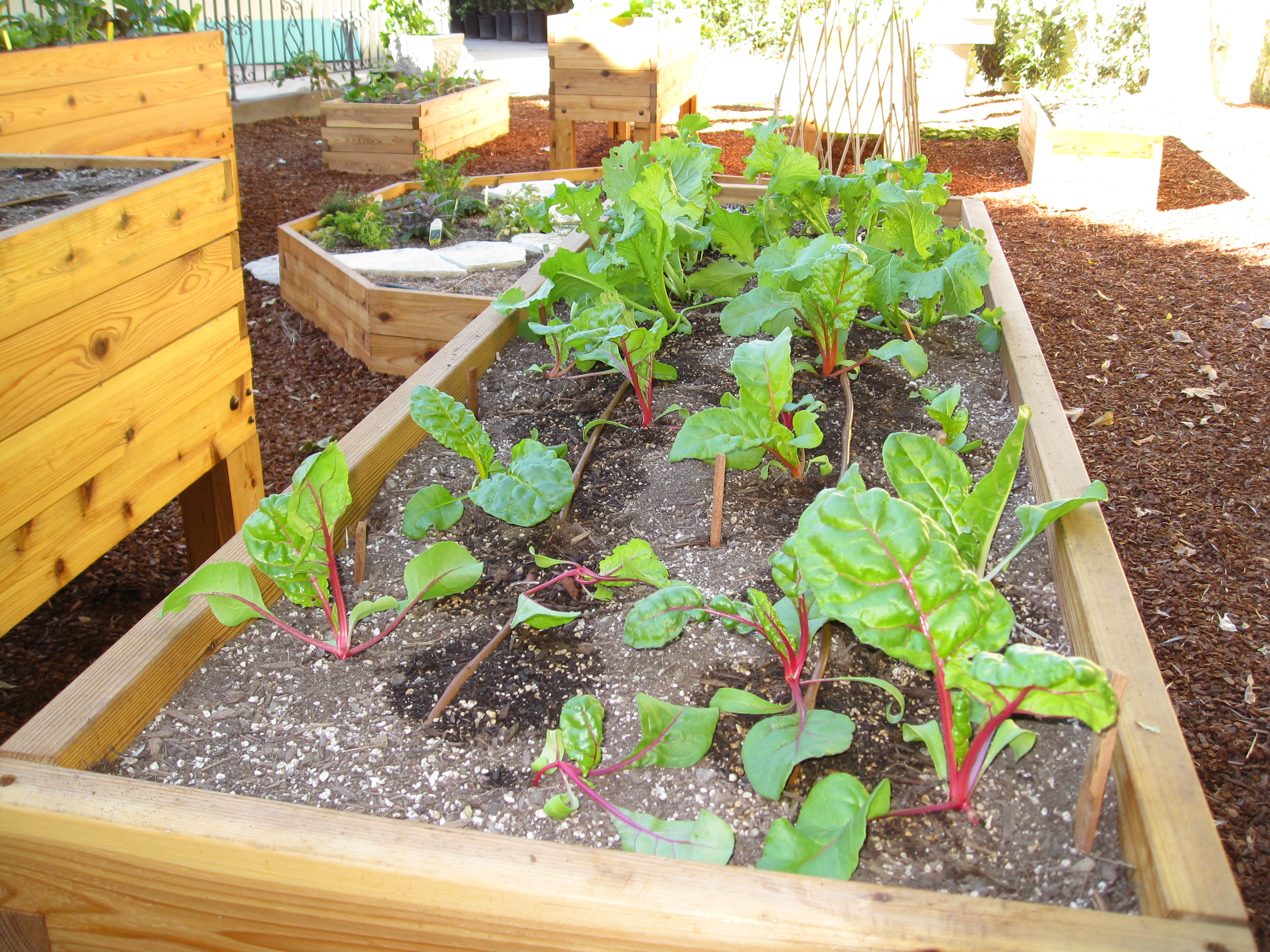
There’s something magical about growing plants from seed. Veteran gardeners know it. But even people who’ve never gardened, which most of the residents have not, are in awe of how a tiny seed can turn into a thriving plant. The residents carefully watered their seedlings and were nervous about transplanting them into the beds, but once they gathered courage, they saw the plants take off in their new home.
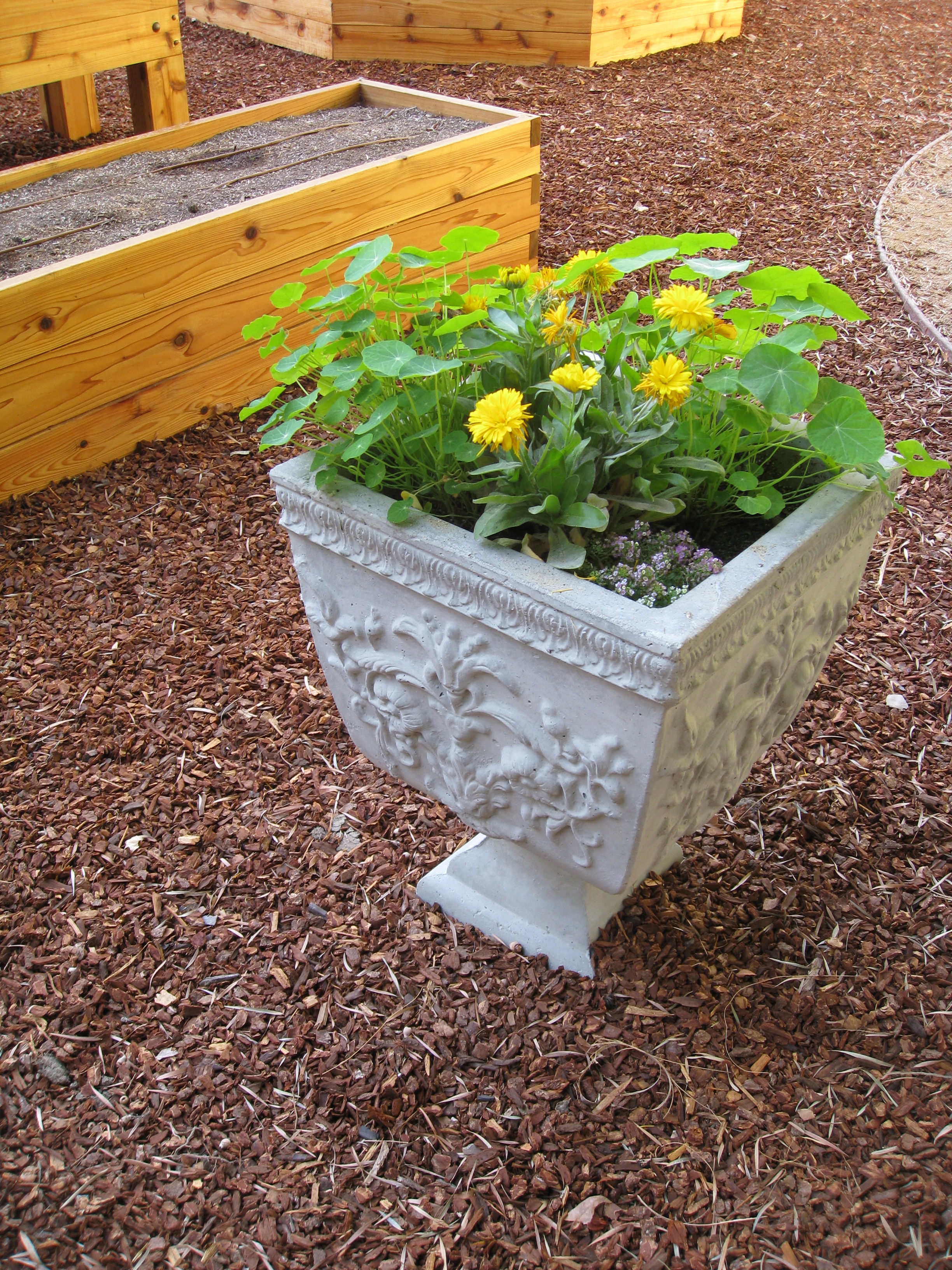
Alyssum, calendula, nasturtiums and milkweed were planted in three urns around the garden to fill in space with color and provide pollen and nectar for beneficial insects.
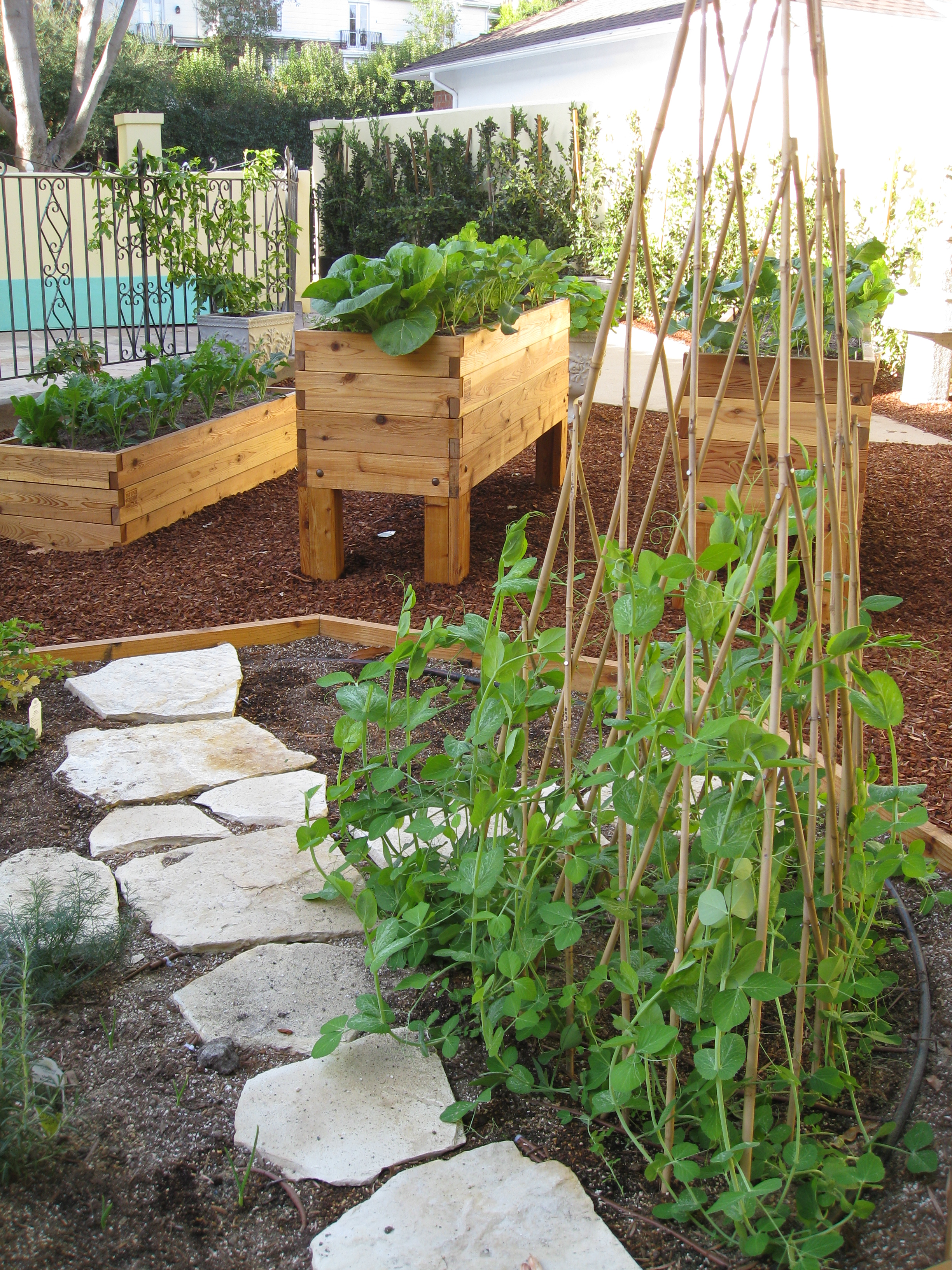
Residents marvel each day at how much things grow without much help from us. Trust is developed, and a sense of accomplishment comes with it. We planted herbs, potatoes, and garlic in the community bed. Many of the residents will leave the facility by the time some plants come to fruition, but they leave a legacy for the next group of residents who need help.
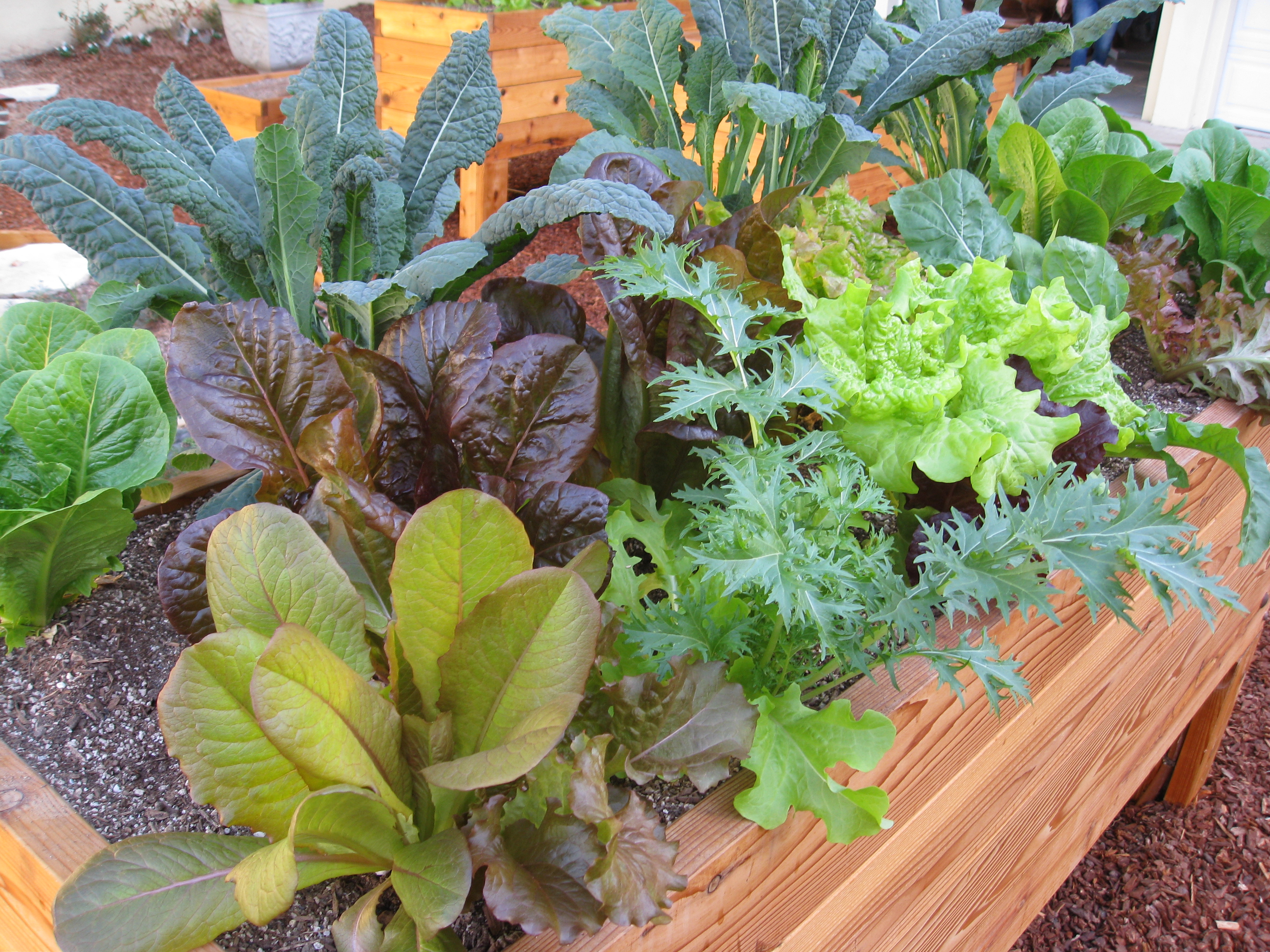
We harvest almost daily now, just 8 weeks into the program. Each day we inspect for pests, add kitchen scraps to the custom compost bins we made, and discuss the changes in the garden. There are successes to celebrate and a few near misses, but it’s all part of the plan, to learn what the garden has to teach us.
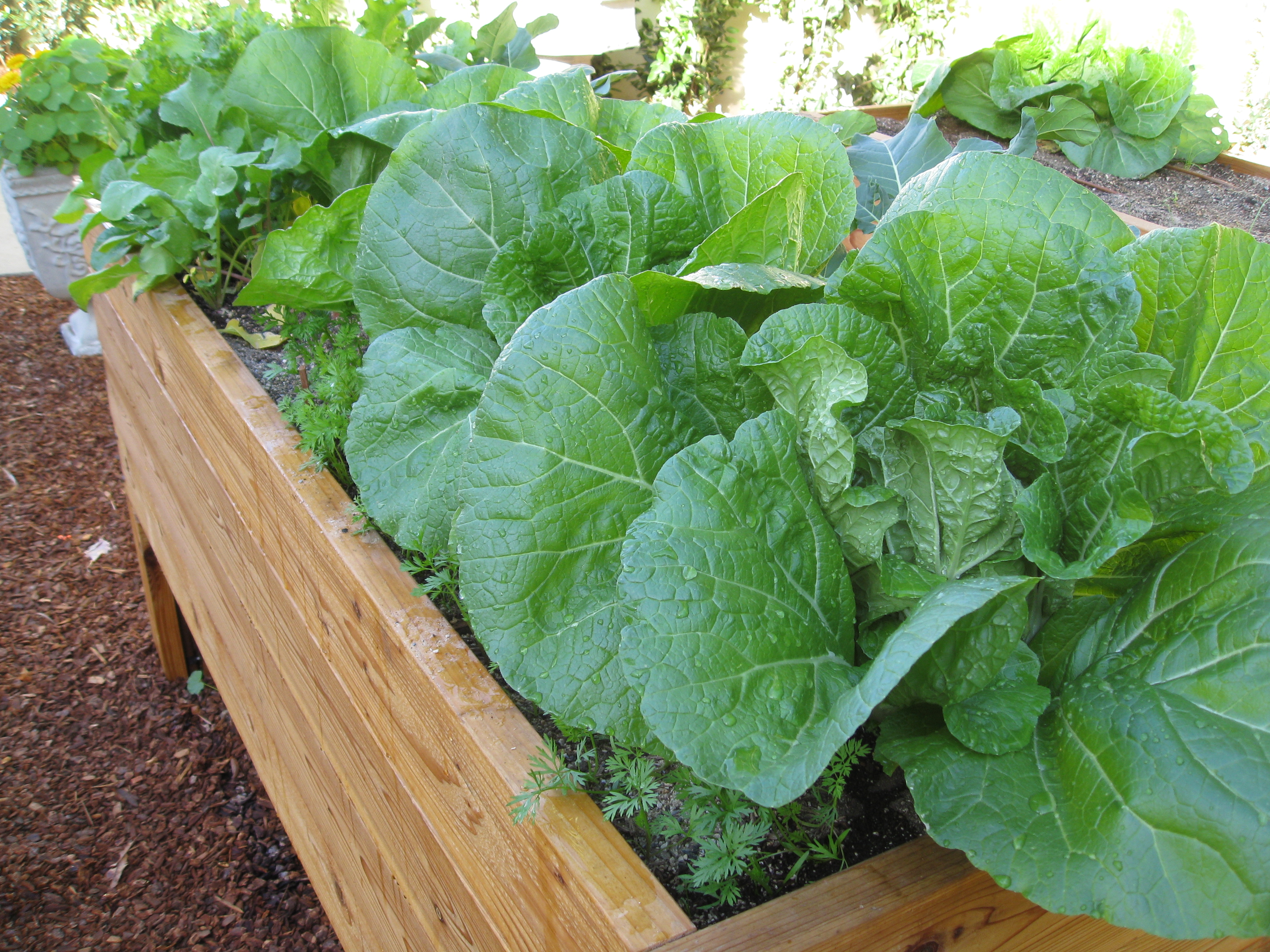
The curriculum is diverse: we’ve looked at soil microbes under a microscope and cabbage worms under a magnifying glass. We’ve coached residents through difficult decisions about which plants to thin and which to keep. They have learned how to plant and transplant, how to read a seed packet, how to trust that if they water, something good will happen.
They’ve eaten their first radishes and were amazed at the flavor. Now they practice patience as they await carrots and beets to grow. They may get bored, but that’s part of gardening too, isn’t it? It’s part of life. The garden shows us how to slow down and enjoy what’s right in front of us. To observe, to nurture, to enjoy the simple things. This ongoing program will bring a grounding component to the Resilience Treatment Center for years to come.

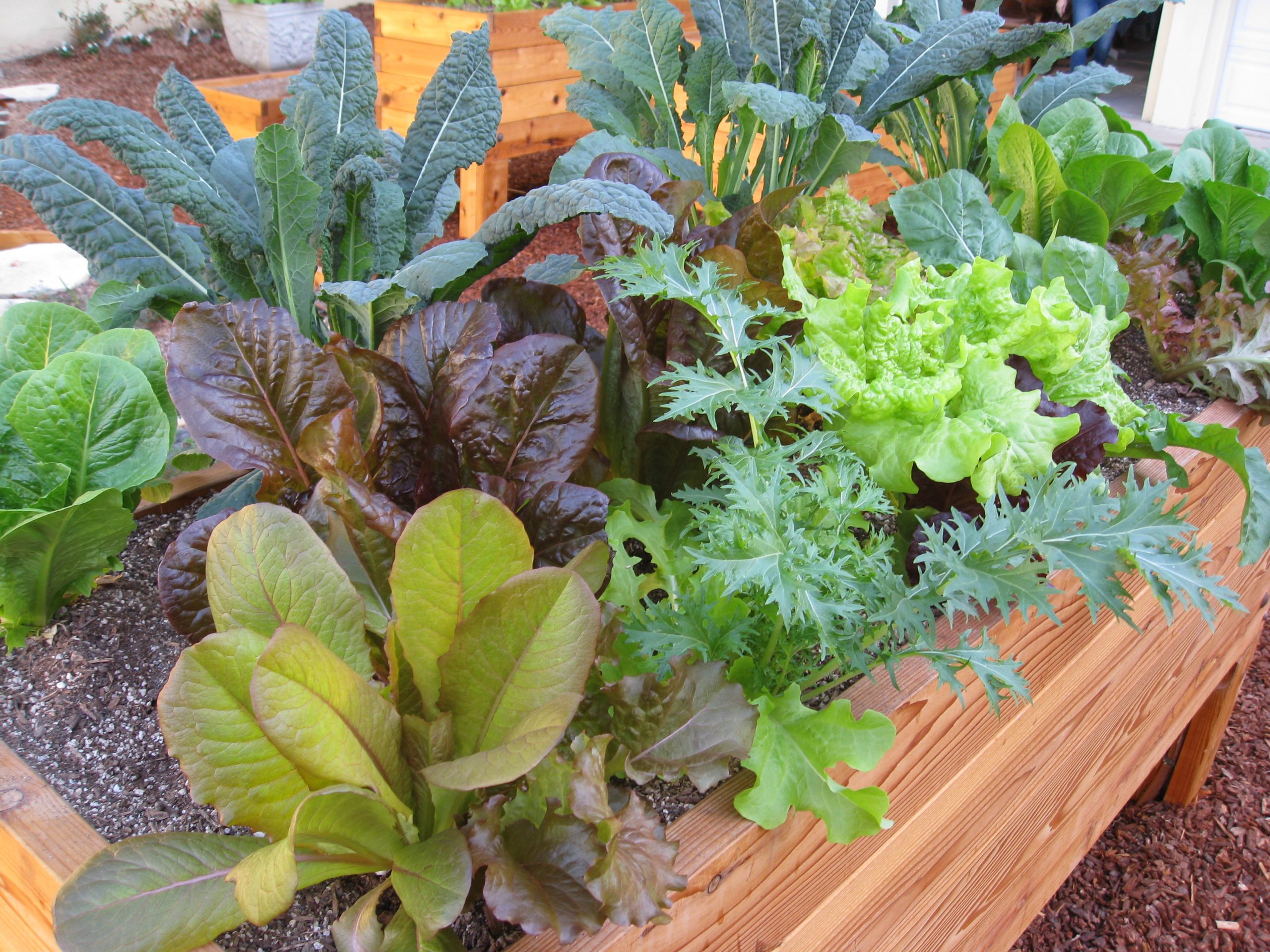
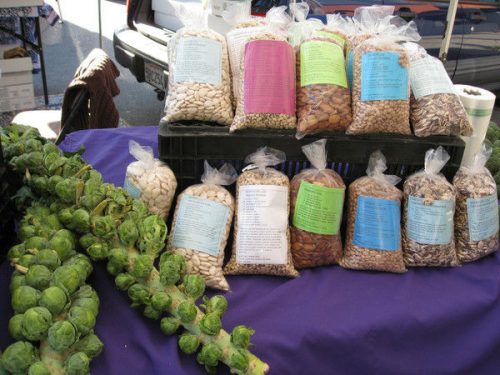
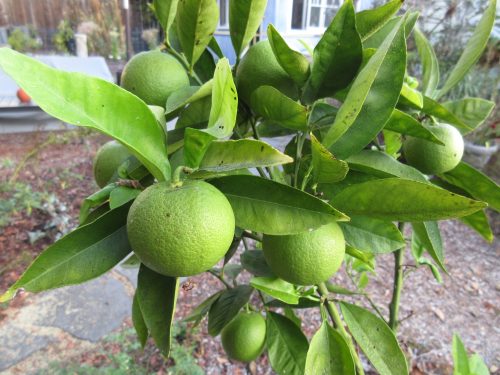
Pingback: Podcast: Gardening as Therapy with Jon Jackson - Gardenerd
I so enjoyed your report alongside your thoughtful design of this serene garden. What planting mix did you use to fill the boxes? Could you elaborate on the mulch, fungal dominant? I have never heard of it. Where can you get it?
We used biodynamic potting soil from Malibu Compost to fill the planters. The mulch is a non-aeromatic mulch (not pine, cedar or redwood) and therefore not anti-microbial. Mulch in general helps feed fungi in soils. There are many different brands available, depending on where you live. Best to ask the manufacturer about it, since they do the testing. Or find a friend who has a microscope and look at a solution of it under magnification for fungal hyphae.
What a lovely thing to do. Great job!